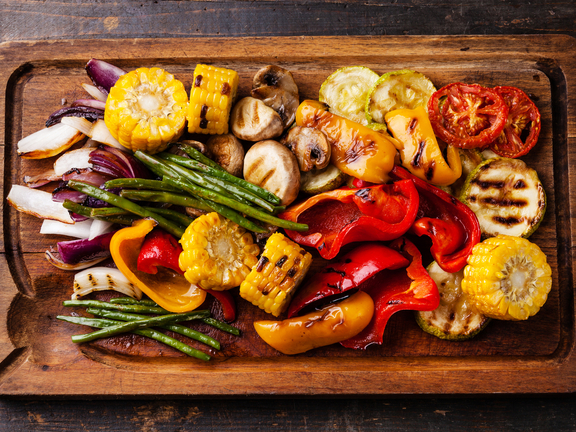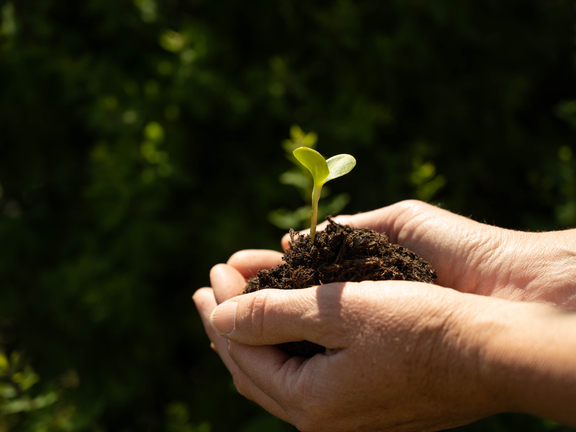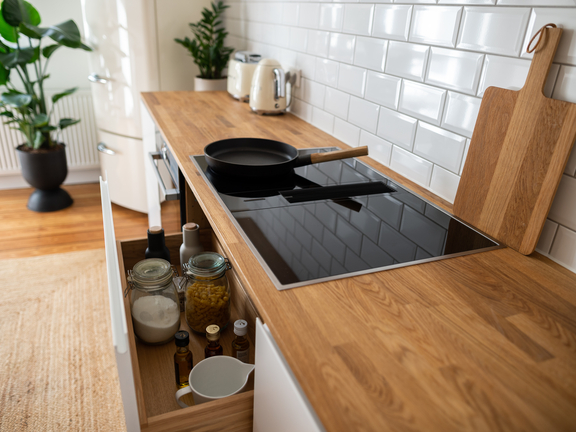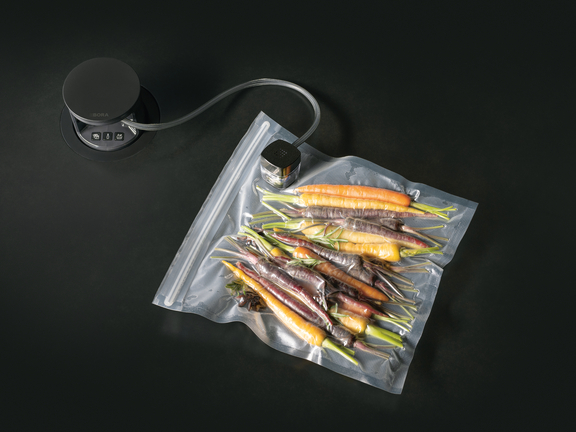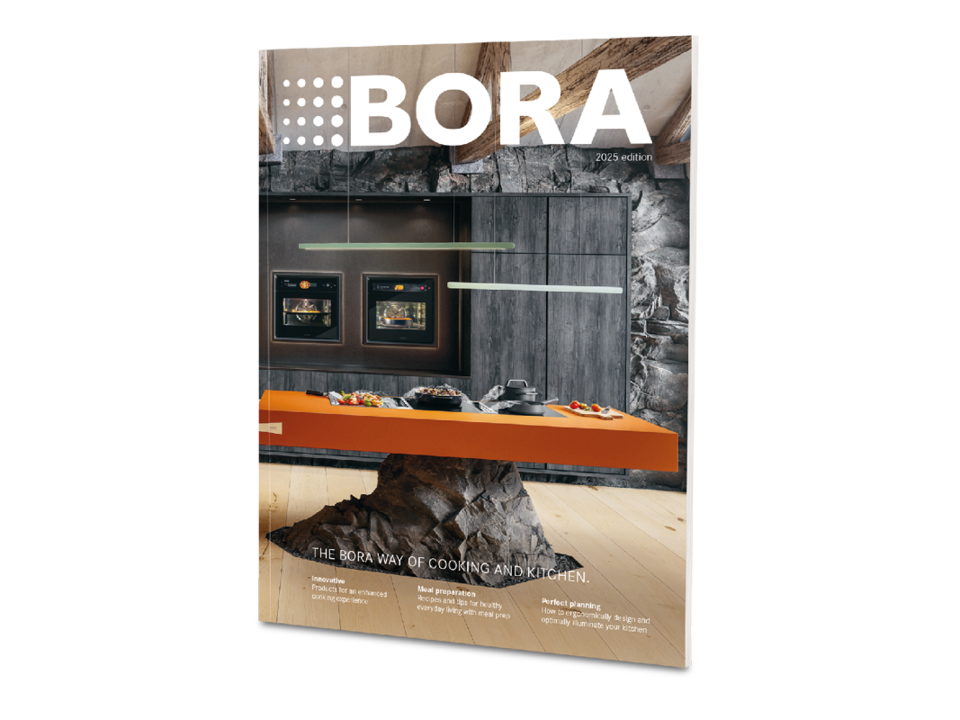Like cooking in fresh air.
Pioneer in effective odour filtration of cooking odours – with our revolutionary cooktop extractor systems that extract cooking vapours and grease particles and the BORA X BO steam oven with integrated odour filtration. With the BORA refrigeration and freezing systems and BORA lighting we take a holistic approach to the kitchen as a living space.





With BORA you cook surrounded by fresh air with a clear view of the essential: good food and the people you enjoy sharing it with.
Intuitive. Self-explanatory. Sophisticated. The systems are controlled by turning the control knobs or tapping or sliding.
High-quality materials and top extraction performance united in premium products.
Convincing in everyday life. All moving parts can be easily cleaned in the dishwasher.
Elegant design with the greatest possible functionality as the standard for a new spatial aesthetic.









